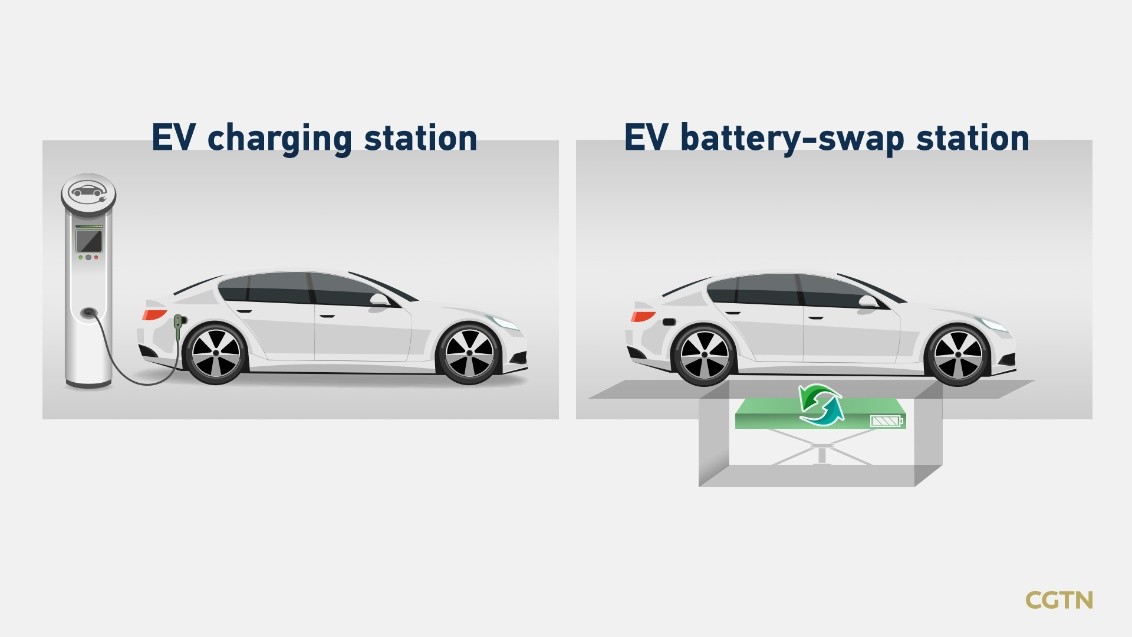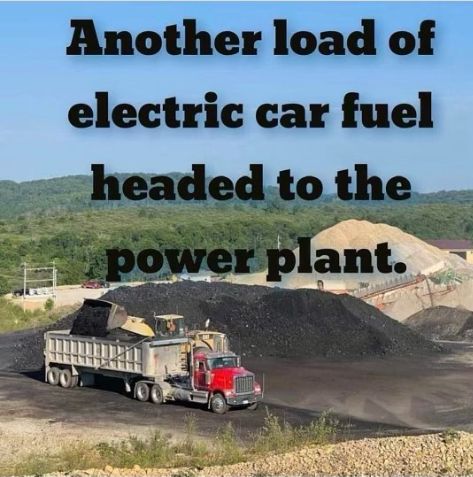Magnus
Diamond Member
- Jun 22, 2020
- 10,942
- 8,288
- 2,138
Ford, GM, Rivian, Volvo, Polestar and Mercedes-Benz have announced plans to adopt Tesla’s North American Charging Standard, making it possible for their products to access Tesla’s vast and growing network of Supercharger stations.
The generalization of NACS will be a huge win for consumers who have both wanted and feared buying their first electric car due to the inadequacy of existing CCS-based infrastructure. NACS will soon bring a generation of short-winded, slow-charging EVs within the radius of a Supercharger station somewhere, anywhere. Suddenly, buying an EV other than a Tesla doesn’t seem so crazy. If the price is right. And by right, I mean much, much cheaper.
The timing depends. Ford said its products would gain access to 12,000 Superchargers in North America by early 2024. For these non-NACS vehicles, Tesla has developed what it calls the Magic Dock adapter, allowing Superchargers to grok CCS-equipped vehicles. This plastic coupler is secured to the charger, ready when needed.

 www.wsj.com
www.wsj.com
According to another report, there are about 150,000+ EV chargers in the US and by 2030, we may need at least a million. So, this is a good start since EV owners no longer will be dependent on their manufacturer's EV stations and can go anywhere.
The generalization of NACS will be a huge win for consumers who have both wanted and feared buying their first electric car due to the inadequacy of existing CCS-based infrastructure. NACS will soon bring a generation of short-winded, slow-charging EVs within the radius of a Supercharger station somewhere, anywhere. Suddenly, buying an EV other than a Tesla doesn’t seem so crazy. If the price is right. And by right, I mean much, much cheaper.
The timing depends. Ford said its products would gain access to 12,000 Superchargers in North America by early 2024. For these non-NACS vehicles, Tesla has developed what it calls the Magic Dock adapter, allowing Superchargers to grok CCS-equipped vehicles. This plastic coupler is secured to the charger, ready when needed.

Thank Tesla: The Biggest Obstacle to EV Ownership Will Soon Be History
As Ford, GM, Volvo, Mercedes-Benz and other automakers migrate to Tesla’s vast and growing Supercharger network, the knock-on effects are a big win for all EV buyers, says Dan Neil.
According to another report, there are about 150,000+ EV chargers in the US and by 2030, we may need at least a million. So, this is a good start since EV owners no longer will be dependent on their manufacturer's EV stations and can go anywhere.




